19 Reasons Gen Z Thinks Gen X Had The Saddest Childhoods
Ever had one of those late-night convos—the kind where the room goes quiet, the wine’s half gone, and suddenly you and your friend are cracking open memories like old photo albums you never meant to share? Not the polished stories. The raw ones. The ones you never said out loud as kids because nobody back then asked how you felt—they just told you to toughen up.
That’s what this is.
It’s not just about what happened to Gen X. It’s about what it did to us. Before therapy was trending. Before “mental health” had its own hashtag. Back when crying got you mocked, silence was survival, and the adults in the room were either too distracted, too broken, or too clueless to notice the damage.
This is the unfiltered list—the reasons Gen Z stares at our stories and thinks, “Holy sh*t, how did anyone make it out of that intact?”
Spoiler: a lot of us didn’t. We just got really good at pretending we did.
1. Latchkey Kids: The Loneliness Nobody Saw

Picture this: a key on a shoelace around your neck, the sound of your own footsteps echoing in a silent house after school. Maybe the TV flickered in the background, but nobody asked how your day went or if you finished your homework. You learned to microwave frozen dinners way before you should have, and you ended up talking to the dog more than your own parents.
Independence? Sure. But it wasn’t the kind that felt adventurous—it was the kind that made you feel invisible. If you lost a soccer game or had a fight with your best friend, you just sat with it. No one showed up at practice, no one to debrief the day’s heartbreaks.
Some wore that self-sufficiency like armor; others never shook the ache of being alone. Gen Z can’t imagine letting a kid walk home unsupervised, but for Gen X, it wasn’t a choice. It was just the air they breathed.
2. Cassettes and Waiting: The Agony of Manual Everything

Ever tried recording your favorite song from the radio, only for the DJ to start talking right at the end? That was life for Gen X. The patience required to create a mixtape could break your spirit—or teach you to time things to the second. Waiting felt endless, but you learned to savor every win.
Photos took weeks to come back from the drugstore, sometimes missing heads or too dark to see faces. No do-overs, no instant fixes. You just hoped your memories looked better than the prints.
Gen Z can snap, swipe, and edit in seconds. But for Gen X, every memory was a gamble, and every wait felt like a tiny heartbreak. That slowness left its mark, for better or worse.
3. The Encyclopedia Blues: Research Was A Slog
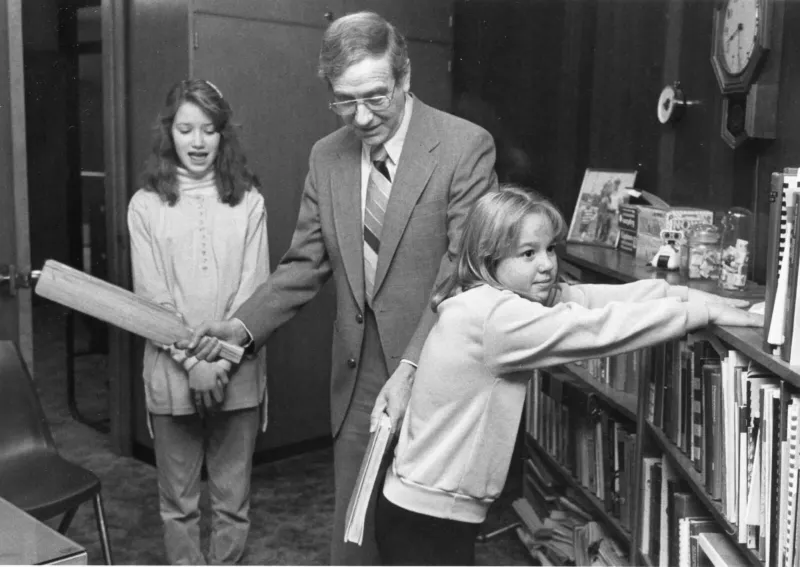
Imagine needing facts for a school project and spending hours flipping through thick, musty volumes, praying the answer you needed was even in there. If your family had a full set of encyclopedias, you were lucky. If not, it meant a trip to the library—if someone could drive you.
Every paper felt like a scavenger hunt, and “cut and paste” meant actual scissors and glue. No quick searches, no Wikipedia. Sometimes, you’d just make it up and hope the teacher didn’t notice.
Gen Z can’t fathom information being anything but instant. For Gen X, research was slow and messy, and sometimes you just gave up. That sense of frustration? It lingers.
4. Economic Whiplash: The Anxiety Was Real

Some Gen Xers knew the sound of their parents fighting about money better than their own bedtime stories. There were layoffs, gas lines, and interest rates that made owning a home look impossible.
You learned to read silence in a room and what it meant when the dinner got cheaper. Maybe you wore hand-me-downs or watched your parents skip meals so you didn’t have to.
That anxiety got woven in early—being careful with every dollar, never quite trusting that good times would stay. Gen Z sees economic stress, but Gen X never really got to trust the ground beneath their feet.
5. Dark Cartoons, Darker Movies: Childhood Wasn’t Soft

Gen X didn’t have “parental guidance suggested” as a safety net—half the time, nobody was even watching. Saturday morning cartoons could flip from slapstick to something that left you unsettled for days. Movies meant for kids? At times they haunted you for years.
Think: “Watership Down,” “The NeverEnding Story,” or even those anti-drug PSAs that basically said everyone around you might just vanish.
Today, Gen Z has content warnings. Gen X learned to numb out, laugh off nightmares, or just pretend they weren’t scared. Trauma in technicolor, right in your living room.
6. Hands-Off Parenting: Emotional Distance Was Normal

“Don’t cry or I’ll give you something to cry about.” For a lot of Gen X, that was parenting in a nutshell. Emotional talk? Not a thing. You learned to bottle it or laugh it off.
Maybe your parents cared, but they didn’t show it the way kids need. Hugs were rare and praise was even rarer; tough love ruled, even if it meant you grew up feeling unseen.
Gen Z normalizes therapy and check-ins. Gen X just called it “getting over it,” but the ache stuck around. That’s the truth nobody admits at family reunions.
7. Women’s Boxed-In Dreams: Limited Paths
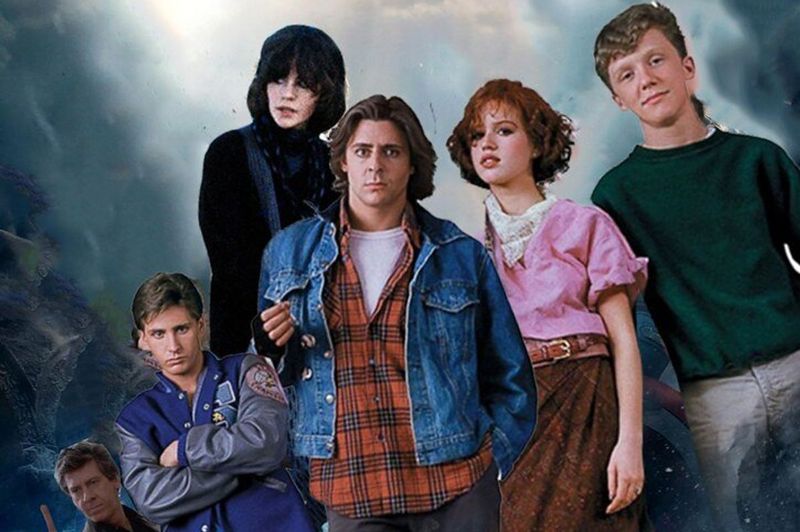
If you were a Gen X girl, chances are you heard what you weren’t supposed to be before you ever heard what you could. Nurse, teacher, secretary—dream bigger and someone would remind you where the ceiling was.
Mothers juggled work and home, but ambitions came with a warning: don’t outshine, don’t upset the balance. A lot of women carried dreams that never left the attic.
Gen Z’s world is louder and wider, but Gen X women still feel the echo of those old rules. Even now, some choices feel smaller than they should.
8. Strict Dress Codes: The Uniformity Struggle

Remember being sent home for the wrong jeans or getting a demerit because a skirt hovered above your knee? Gen X schools policed bodies and self-expression to a degree Gen Z might find suffocating.
Hair color too wild? Earrings in the “wrong” ear? You were a target. Individuality was treated as rebellion, not personality.
A lot of Gen X learned early to hide the parts of themselves that stood out. That pressure to conform? It still whispers, even when you’re grown.
9. Corporal Punishment: Fear Was a Lesson

Imagine being eight and knowing that a wrong answer could mean a slap on the hand with a ruler. Or that if you mouthed off, you might get sent to the office for something worse.
For Gen X, corporal punishment wasn’t a rumor—it was policy. Some teachers wielded paddles like a badge of honor, and nobody asked if you were okay after.
Gen Z debates safe spaces; Gen X still flinches at authority. That kind of fear doesn’t just disappear because you grew up.
10. Gas Lines and Shortages: Scarcity Was Normal

Maybe you sat in the backseat as your parents cursed under their breath, the gas line stretching for blocks. The fear of running out of fuel was real—nobody knew if tomorrow would be better.
Gas shortages made everyday life uncertain. You learned early that things could run out, and occasionally adults didn’t have answers.
Gen Z takes convenience for granted, but Gen X remembers when scarcity was the norm. That lesson sticks with you, even when the tanks are full.
11. Divorce Became Normal: Families Split Without a Net
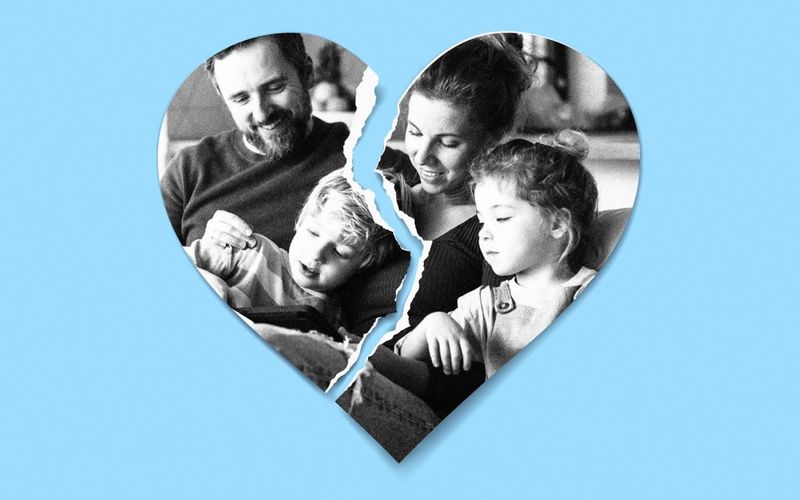
Divorce used to be whispered about, but for Gen X, it became the wallpaper of daily life. Suddenly, two Christmases didn’t feel like a gift; it felt like something broke that couldn’t be fixed.
Kids shuffled between households, learned not to complain, and tried to make the best of cardboard boxes filled with clothes.
Gen Z talks about co-parenting and therapy. Gen X just carried on, patching the cracks the best they could. Broken homes, but nobody talked about what that broke inside.
12. Secondhand Smoke: Breathing Wasn’t Optional
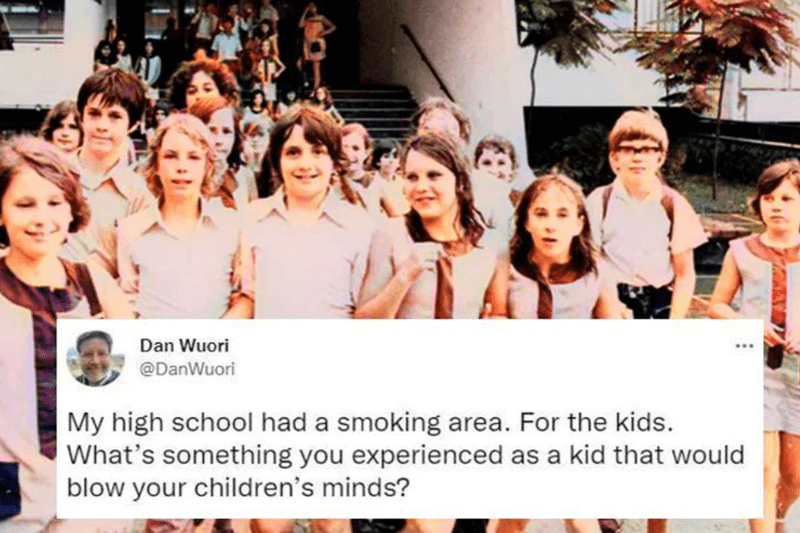
Picture the haze—cigarettes at the dinner table, smoke filling up the car on road trips, ashtrays overflowing. Gen X didn’t ask to breathe it in; it just happened.
Nobody warned about the risks. The scent clung to your clothes and hair, and on occasion, the only fresh air you got was outside at recess.
Gen Z sees no-smoking signs everywhere. Gen X grew up with the blue haze. Some still cough when they smell it, even now.
13. Playgrounds Were Survival Training

Summer afternoons meant sunburns, splinters, and playgrounds built like miniature obstacle courses. Metal slides could fry your legs, and monkey bars left calluses—or worse, a trip to the nurse with a broken arm.
No one hovered, no one handed out sunscreen. If you fell, you learned to get up. Sometimes, you didn’t tell anyone about the bruises.
Gen Z has foam padding and safety rules. Gen X has scars and stories that sound almost mythical now. You survived by learning to watch your own back.
14. Bullying Was Your Problem, Not Theirs

Getting bullied in the ‘80s? You handled it yourself. Teachers might look the other way, or worse, tell you to toughen up.
It wasn’t just kids being mean—sometimes the adults joined in with jokes that cut deeper than any punch. You learned to fight back or disappear, but rarely to ask for help.
Gen Z pushes for mental health resources and anti-bullying campaigns. Gen X just clenched their jaw and tried to survive the day. That armor is hard to take off, even decades later.
15. Mental Health Meant Hiding Everything

Sad? Anxious? For Gen X, you kept it quiet. There was no language for depression or panic attacks—just “lazy” or “overdramatic.”
Therapy was for “crazy” people, not regular kids. You wrote in your diary, or you didn’t write at all. You learned to hide the parts of yourself that felt unfixable.
Gen Z posts about feelings and checks in with friends. Gen X learned silence as safety. The shame lingers, even behind confident smiles.
16. Food Fads and Processed Lunches

Lunch didn’t look like rainbow bento boxes. It was plastic-wrapped cheese, mystery meat, and a can of soda if you were lucky. Nutrition labels? Not much help when everything was neon orange and shelf-stable.
Maybe you traded a Twinkie for a friend’s chips, or maybe you just stared at the same bland sandwich every day. For some, school lunch was the main meal—but it rarely felt nourishing.
Gen Z talks about clean eating and food justice. Gen X learned to eat what was served and not ask too many questions. The taste of nostalgia isn’t always sweet.
17. No GPS, No Phones: Lost Was Normal

Getting lost wasn’t a crisis; it was Tuesday. Parents dropped you off at the mall and said, “Meet me at six.” If you got lost, you asked a stranger or waited by the payphone, hoping someone would show up.
Plans fell through all the time. Nobody texted to confirm or tracked your location. You just figured it out, at times learning the hard way.
Gen Z lives with constant connection. Gen X found independence through trial and error, but the anxiety of being lost never really left some of us.
18. Friendships Were Fragile: Moving Meant Disappearing

Change your address, lose your friends. That’s how it worked. There were no DMs, no FaceTime, and only a few kids actually wrote letters.
If your best friend moved away, they might as well have vanished. You learned early not to get too attached or trusted that you might be forgotten, too.
Gen Z friendships can stretch across continents. For Gen X, leaving meant starting from scratch, carrying that ache of what you lost.
19. Missing Kids on Milk Cartons: The Fear Was Real
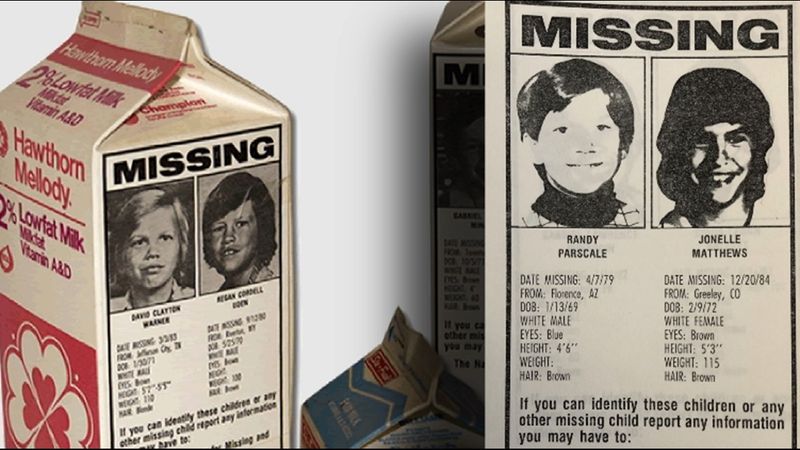
Breakfast came with a gut punch—missing kids on milk cartons, every face a story you’d never hear the end of. The message was clear: danger lurked everywhere, and sometimes kids just disappeared.
Parents got anxious, but the world didn’t get any safer. You learned to walk in groups, never talk to strangers, and keep secrets just in case.
Gen Z has digital alerts. Gen X grew up with dread poured right into their cereal. Some of that fear never really faded.







